Local history: Hungarian club turns 100 in Akron
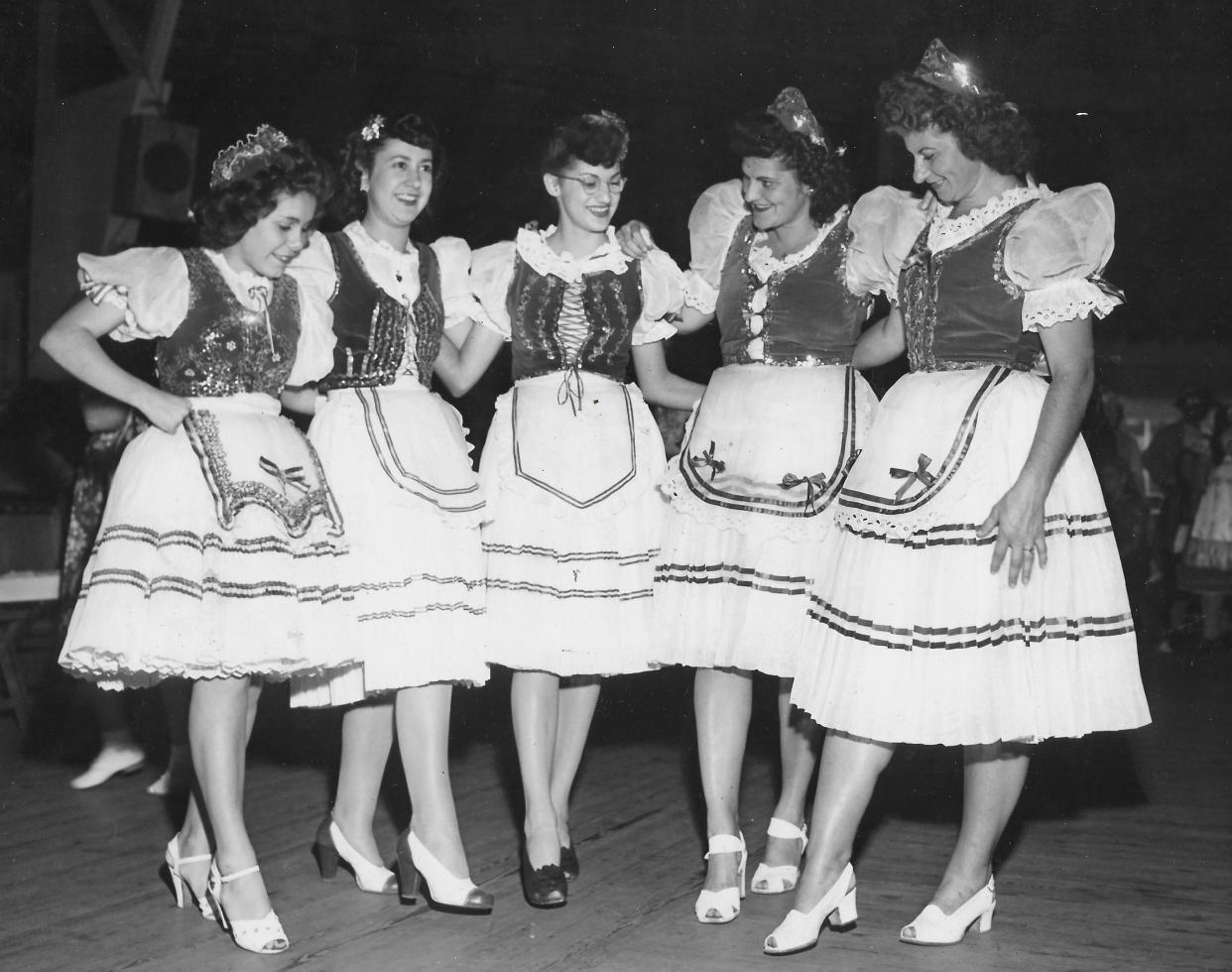
A party like this comes around only once a century.
The Akron Hungarian American Club will celebrate its 100th anniversary Sunday with a sold-out gala at the East Waterloo Road building.
About 200 people are expected to attend the daylong event, which will include a Hungarian buffet, folk dancing, a Chicago band, civic speeches and plenty of memories.
As always, history, heritage and tradition will be honored.
Hungarian immigrants first began to settle in Akron in the mid-1880s in search of work and a better life. They relied on each other as they adapted to their new environment, building churches, forming social groups and developing a community.
The Magyar Haz, or Magyar Home, became the center of all social, sports, lodge and charitable activities among Hungarians in Akron. The club formed in 1923 with 75 members in an old farmhouse at 112 E. Thornton St. A membership card cost $2. The first meeting was Oct. 28, 1923.
In the early days, the club provided a safety net for Hungarians in need and supplied assistance to those still living in Europe. It became a cultural hub to share customs, traditions, entertainment and food.
Lots of food. Chicken paprikash, goulash, stuffed cabbage, sausage, fried bread, poppyseed rolls and nut rolls were among the popular fare at gatherings.
A grape festival, held every October, became one of the leading social events at the Magyar Home. Members decorated the club’s ceilings and walls with grapes, donned traditional costumes and performed folk dances.
A two-day harvest festival, a vasar, was held every September to highlight cultural activities. Vendors sold handmade dolls, embroidery and lace at booths. Members feasted on Hungarian food and danced to live orchestras.
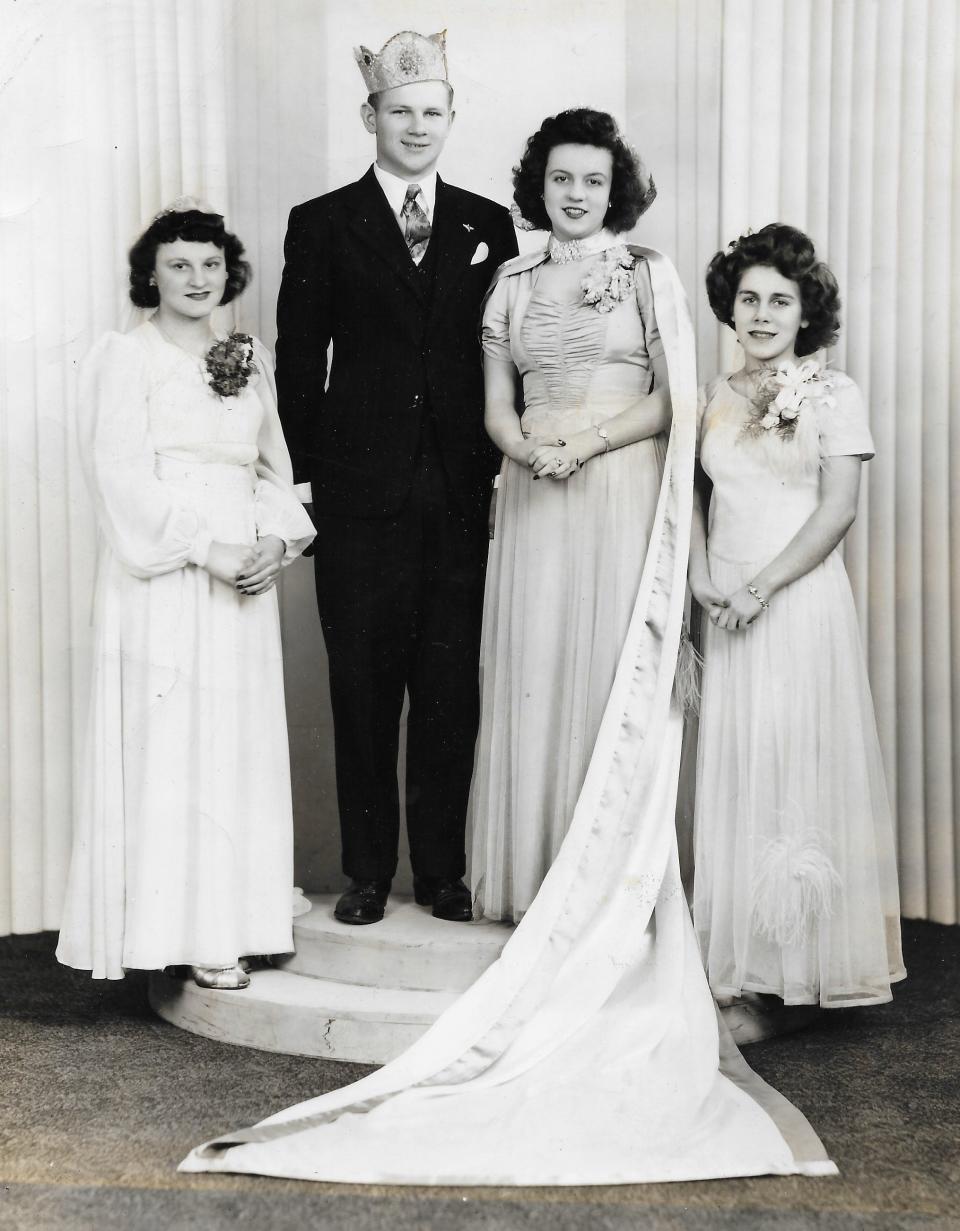
Special guests at Magyar Home
Over the years, a parade of dignitaries visited the Magyar Home, including mayors, judges, legislators, governors, senators and envoys.
Ohio Gov. George White spoke in 1931 at the formal dedication of the remodeled club on Thornton Street. Despite the Great Depression, members saved funds to add an auditorium and dance hall.
“We should have affection and loyalty for the fatherland and still be able to devote wholehearted support to this land of our adoption,” White told the Hungarian colony.
While the nation had fallen on difficult times after the stock market crash, the governor promised that prosperity would return.
“I want to leave with you the thought that there are happier, better days just ahead,” White said.
Waves of Hungarians continued to arrive in Akron. At least 15,000 made their home here. They belonged to congregations at Sacred Heart Catholic Church, First Hungarian Reformed Church, Independent Hungarian Reformed Church and Hungarian Baptist Church.
The Akron Hungarian Journal, edited by Arpad Tarnocy, circulated from 1918 to 1965 with the latest news in the community.
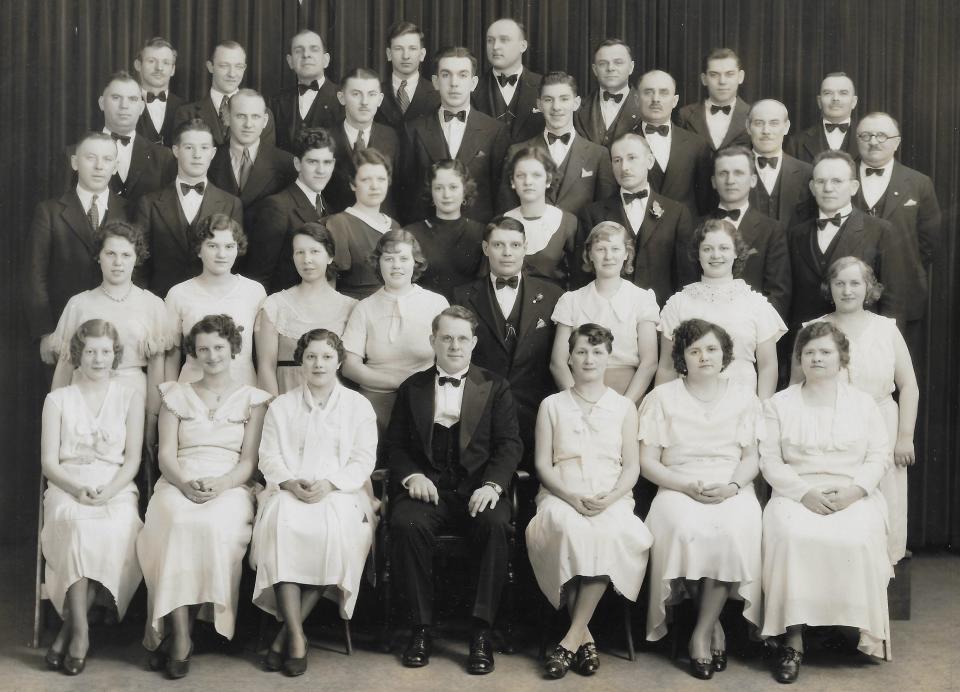
Thousands attended the Magyar vasars at Tomsik Park on Route 619 near Barberton and Orchard Park off Route 8 near Boston Heights.
During World War II, the club held clothes drives, donated $10,000 to the American Red Cross and invested $250,000 in war bonds.
“Our work, our contribution to the war effort, goes on day in and day out,” Magyar Home President Andy Kusnyer noted in 1942. “We are eager to give evidence of our devotion to our adopted land through our efforts.”
Hundreds of club members served in the U.S. military during World War II, and some paid the ultimate price, never returning home.
Club members despaired when communists took over Hungary in 1949.
The club changed its name to the Magyar American Home and eventually the Akron Hungarian American Club. Members sang the national anthems of the United States and Hungary at gatherings.
Hungarian revolution in 1956
A new wave of immigrants arrived in Akron after the Hungarian revolution of 1956. The Soviet military crushed the uprising after 12 days.
Club secretary Maria Easley, whose husband, Ron, is the current president, was born in Hungary and fled at age 3 with her family to America.
“My father was involved in the revolution and they were coming to kill him,” she recalled. “We had to escape at night. We couldn’t even say goodbye to relatives or anything.”
The family walked along railroad tracks to Austria and remained there until the Red Cross brought them to the United States. They settled in Akron because an aunt lived here. The club welcomed them with open arms.
“It means everything to me,” she said.
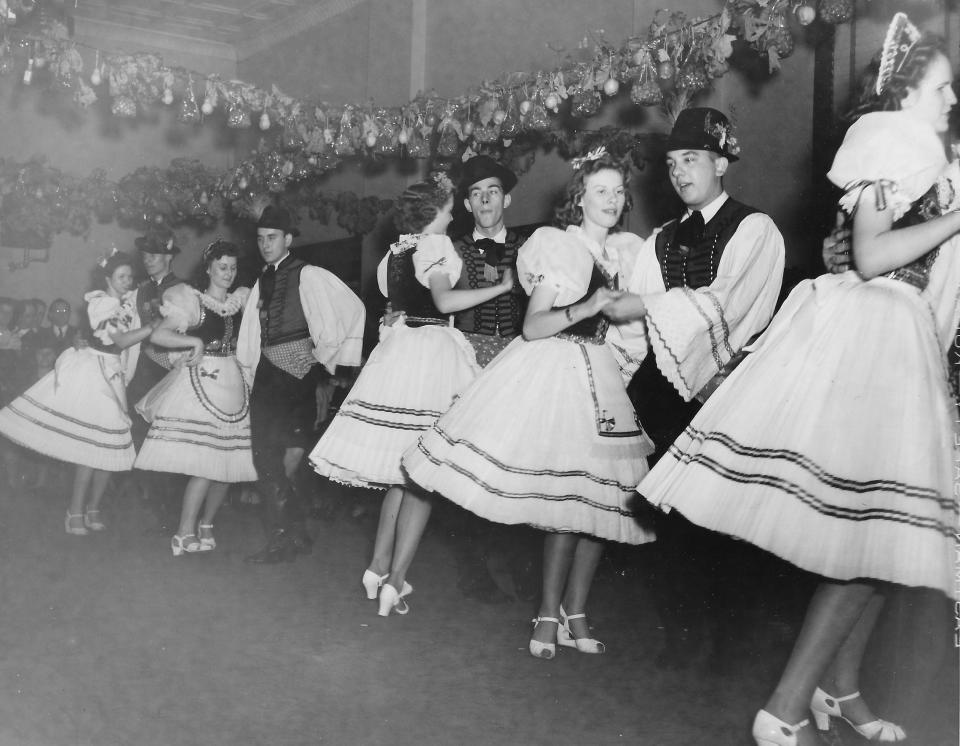
The Akron Hungarian American Club served as the center of programs, banquets, concerts, dances, parties, classes, meetings, games, plays and other events. The club fielded a formidable soccer team in the 1950s and 1960s that won the Ohio Cup and competed against national squads at the Akron Rubber Bowl.
But then it lost its headquarters. The Thornton Street building stood in the way of the Grant-Washington urban renewal project in the early 1960s.
With the old building scheduled to be demolished, members packed up years of memories. They broke ground Oct. 24, 1965, on a $96,000, two-level building at 694 E. Waterloo Road. More than 500 attended the grand-opening celebration May 15, 1966.
Membership peaked at 2,000 with the new hall.
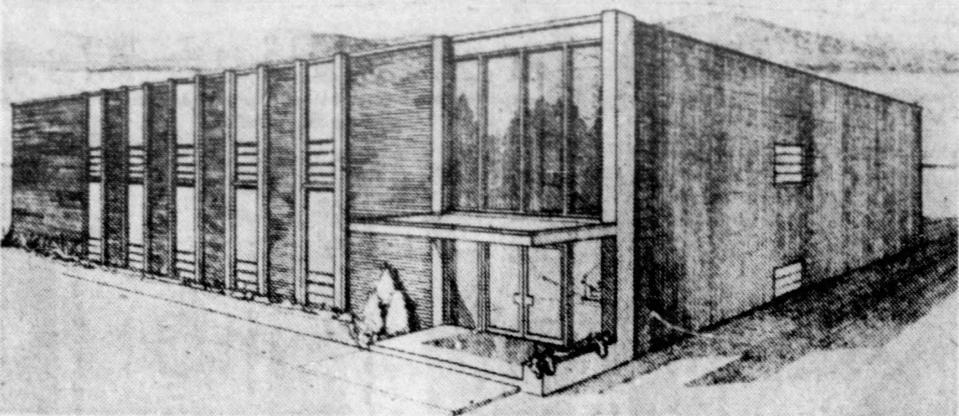
Change was inevitable, though. As Hungarian families assimilated into Akron life, their old-country ties loosened.
“The younger people are Americanized and don’t take as much interest in community activities,” charter member John P. Bank said during the club’s 50th anniversary in 1973. “And as the older people become less active, there are fewer people to take their place.”
There were just so many distractions. Membership had fallen to 700.
“I hope I’m wrong, but the club may not live to see another 50 years,” Bank worried.
Catholic leader visits Akron
The following year, Akron Hungarians celebrated “one of the most heartwarming and moving events” in the club’s history.
Cardinal József Mindszenty, former leader of the Catholic Church in Hungary, was an honored guest May 30, 1974. An outspoken opponent of fascism and communism, he had been imprisoned from 1949 to 1956 for his views.
Clad in a scarlet robe and cap, the 82-year-old former archbishop reminded the Akron group of its history, heritage and tradition.
“My purpose in visiting Hungarian Americans is to call to their consciousness that they are Hungarians and the depositories of a 1,000-year-old culture,” Mindszenty said. “I want to call their attention to this culture.”
The cardinal concluded: “Even though you are very good Americans, be loyal to your roots.”
That’s what the club continues to do as it celebrates its centennial with about 200 members.
“We still carry on Hungarian traditions,” Maria Easley said. “Our grape festival and good Hungarian food and our vasar in the fall — we try to keep all that going.”
It hasn’t always been easy for the nonprofit group, she acknowledged. Paying property taxes has sometimes been a challenge. Members considered selling the club on a few occasions, but each time, they rallied instead to save it.
People interested in becoming members can visit https://akronhungarianamericanclub.com/ or call 330-724-0259. New memberships cost $35 with $15 for renewals. Social memberships are $10. The banquet hall is available to rent.
History, heritage and tradition.
Happy 100th birthday to the Akron Hungarian American Club.
“By the grace of God, we’re still surviving,” Easley said.
Mark J. Price can be reached at mprice@thebeaconjournal.com
Mark J. Price 10 restaurants I miss from childhood
Akron flashback: Random people haunt my memories
This article originally appeared on Akron Beacon Journal: Local history: Akron Hungarian American Club celebrates centennial

